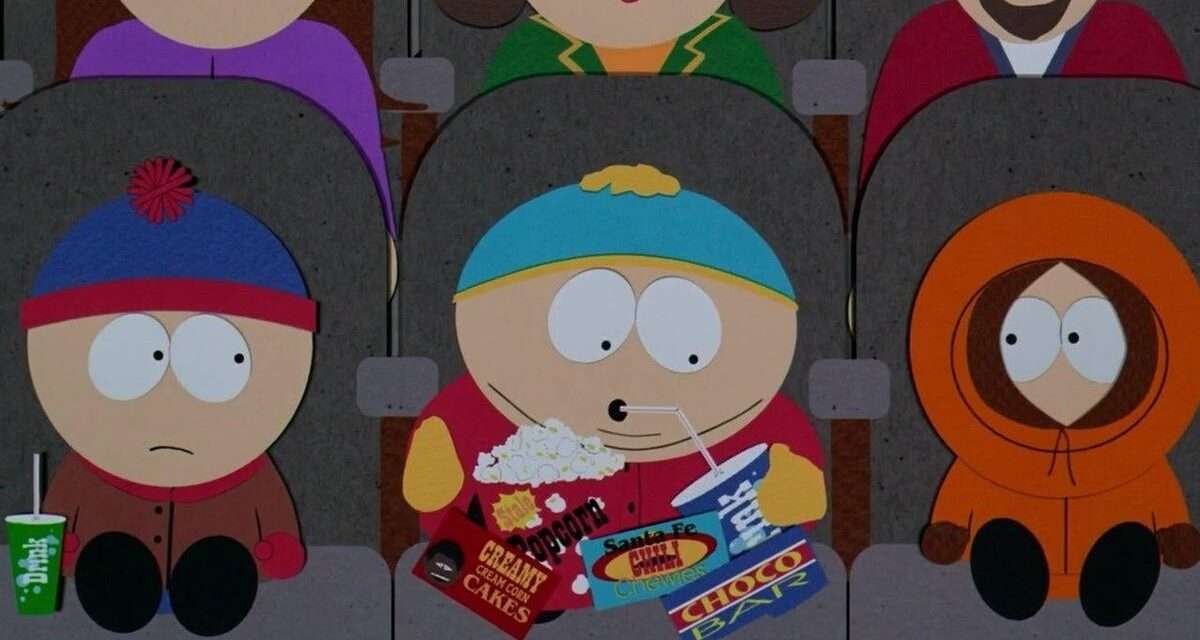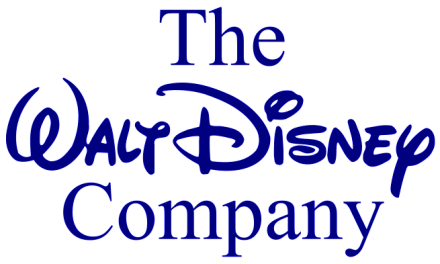In the late ‘90s, American animation witnessed a significant clash when two quintessentially different movies hit theaters: Disney’s “Tarzan” and “South Park: Bigger, Longer & Uncut.” It was a time of dramatic evolution for animated features, with Disney ushering out its Renaissance era and outsiders like Trey Parker and Matt Stone of “South Park” fame shaking up the creative landscape.
Disney’s “Tarzan,” released on June 18, 1999, represented the studio’s bold attempt to update their storytelling. The film combined lush visual artistry, merging hand-drawn animation with CGI, and a compelling soundtrack by Phil Collins. Despite stepping away from traditional musical formats, Collins’ contribution played like an ethereal background score, seamlessly blending narrative and tunes—marking a departure from the classic sing-alongs synonymous with Disney’s brand at that time.
Just two weeks later, the audaciously satirical “South Park: Bigger, Longer & Uncut” premiered. Trey Parker and Matt Stone’s creation was an R-rated, irreverent comedy that left no sacred cow ungored. It hilariously masqueraded as a musical in the veins of Disney classics, packed with toe-tapping numbers that had all the earnestness of “The Little Mermaid” but with the devilishly cheeky twist of the “South Park” universe. Songs like “La Resistance” epitomized this blend, evoking familiarity with a wicked satirical edge.
While Disney sought to evolve, the “South Park” creators took their shot by spoofing the wholesomeness of Disney’s formula. Their film levered open discussions about censorship, paralleling a plot where the kids declare war on Canada over a raunchy Terrance and Phillip movie. Ironically, this call-out culture and societal satire solidified the “South Park” brand’s counter-culture appeal—a stark contrast to Disney’s corporate sheen.
Both films enjoyed box office victories, yet it was Phil Collins who clinched the Best Original Song Oscar for “Tarzan,” leaving Parker and Stone with fresh fodder for their parodies. Despite “Tarzan’s” success, Disney’s reluctant shift to newer storytelling techniques and emerging animation technologies forecasted a looming decline before Pixar and later acquisitions heralded a creative revival.
Today, “South Park” thrives with timely satire and rapid production, coupled with a string of awards and an unyielding fanbase, while Disney rediscovered its magic through a nostalgic return to its roots. What do you think about this clash of animated titans from the ‘90s? Share your thoughts and favorite moments in the comments below—let’s get the conversation started!



